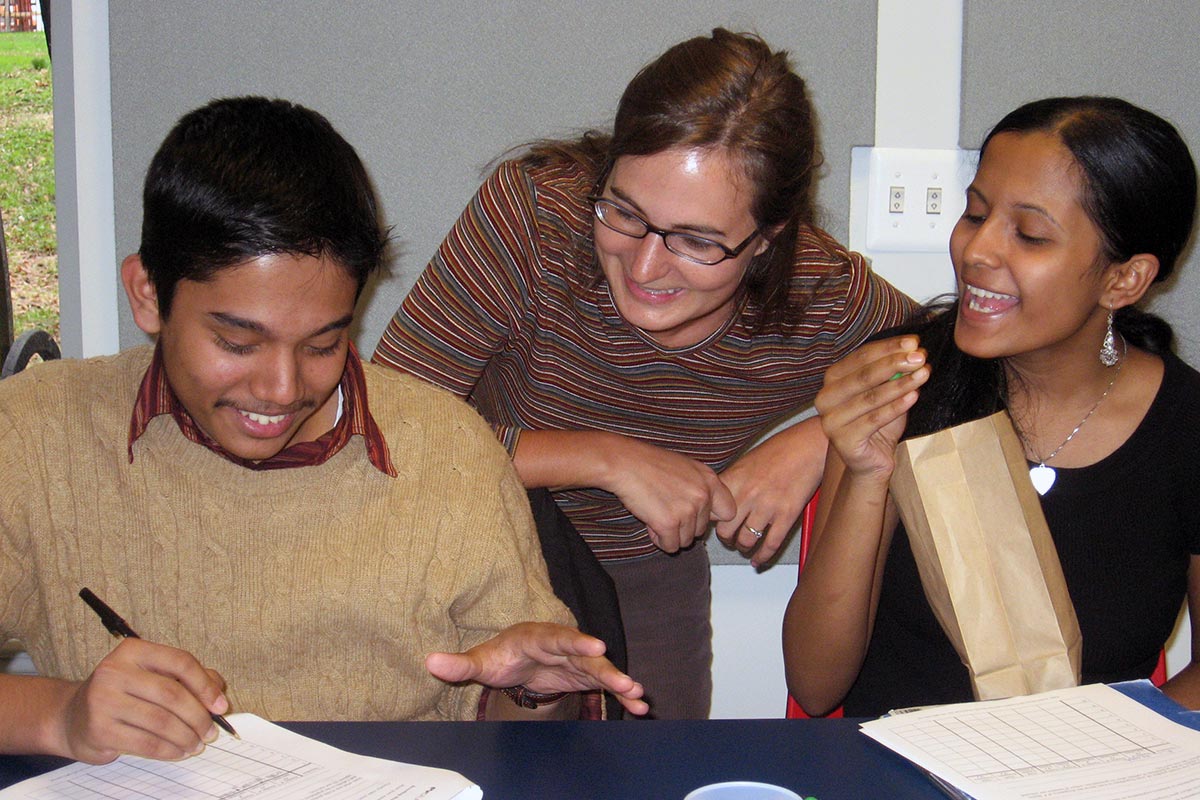COURSE INSTRUCTOR
Cate Starr

Dr. Cate Starr has been a contributor to multiple facets of the diverse education programming efforts of the American Museum of Natural History, from one-time workshops for teachers to the extended involvement of high school research interns. She brings to the museum a background in scientific research and a desire to share the excitement of the scientific process with students and educators.
Cate was born in Canada, but moved to New Zealand while in high school. She graduated with a Bachelor of Science with Honours from Victoria University of Wellington in New Zealand. As an undergraduate, she made her start in evolutionary research – in flies. The work was slow going, as molecular biology technology was still in its infancy, but it inspired Cate to take the next step in her research career, heading to The Rockefeller University, a medical research institution in New York City. Cate leapt at the chance to move from a country of only four million to a city of eight million. The map of Manhattan marked with all of this city’s museums and cultural institutions may have been as much of a draw as Rockefeller’s 24 Nobel Prize winners!
Cate decided to link her background in genetics with an interest in the brain. She joined a collaborative project to understand the genetic causes of deafness, using zebrafish as a model system. (Yes, fish really do have ears!) Zebrafish are a more recent addition to the pantheon of “model organisms” that scientists have agreed upon as representatives of the natural world. Zebrafish were chosen because they are small and easy to keep and breed in large numbers. Additionally, their embryos are transparent, which makes the rapid development of their organ systems easy to observe and study. In humans, there are over 100 different genes associated with inherited deafness, as well as additional unidentified genetic locations. Humans, unfortunately, are not the ideal system to study genetics – nobody has enough children! By running a parallel project in a more easily manipulated organism, new genes can be identified that will provide new insight into human hearing.
During graduate school, Cate began volunteering at the Museum, teaching genetics classes to high school kids. Her interest in education deepened, and when she completed her degree, she decided to transition to a career in education. She enjoys working with teachers through Seminars on Science, where scientists’ stories can be used to enrich their learning and, through them, the experience of their students.